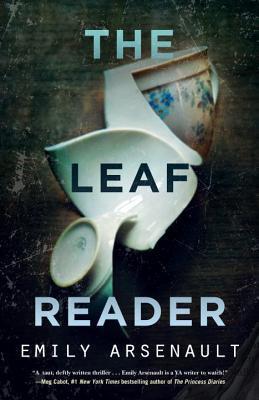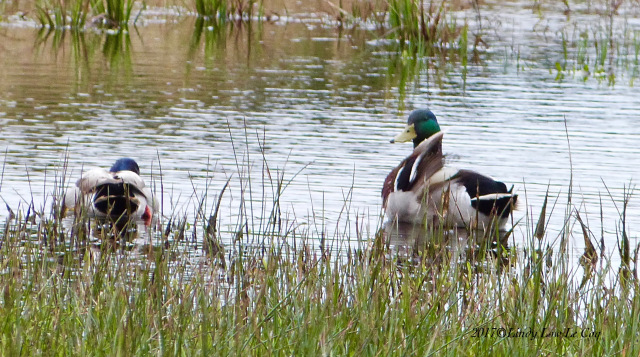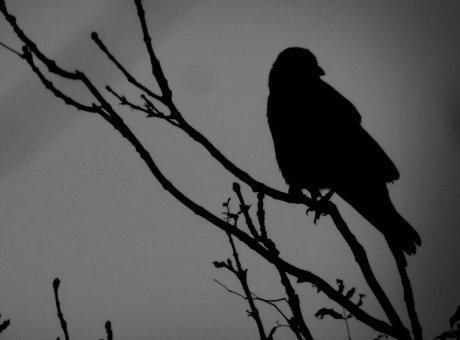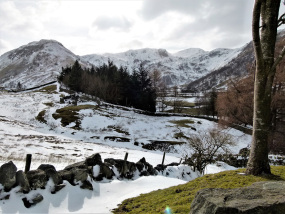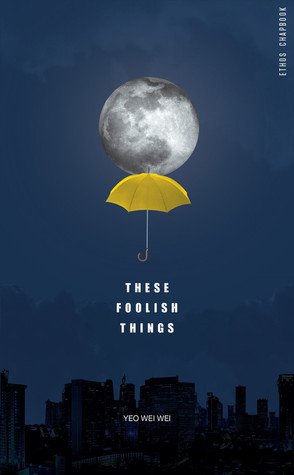Download links for: Weeds: How Vagabond Plants Gatecrashed Civilisation and Changed the Way We Think About Nature


Reviews (see all)
Write review
Was good, made me see weeds in a whole new light, though doesn't make them any easier to deal with.
This book was good but not quite as engaging as I was hoping for.
Great book if you are facinated by social history and plants.
Other books by History & Biography
Other books by Richard Mabey
Related articles


